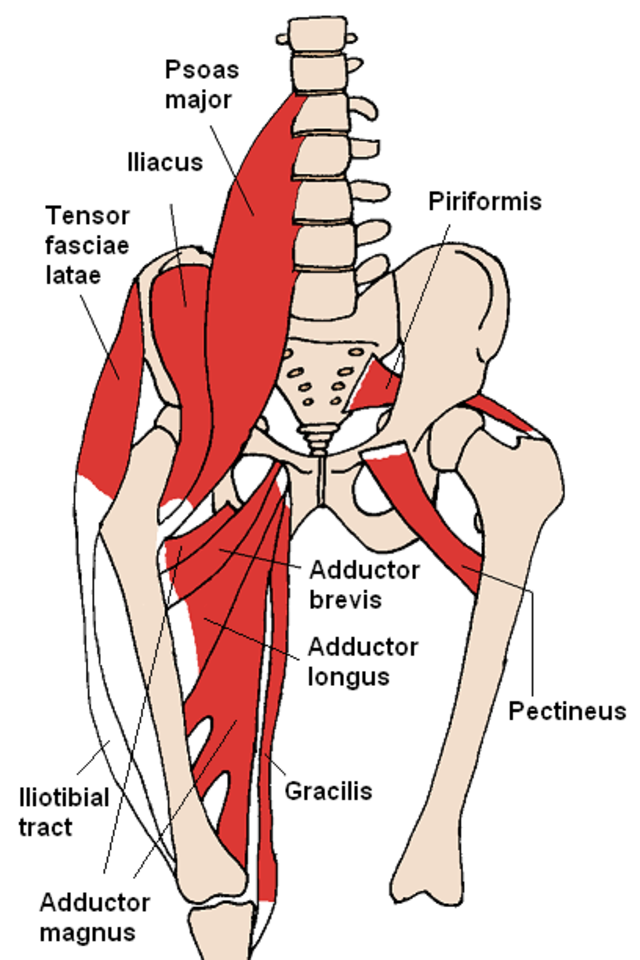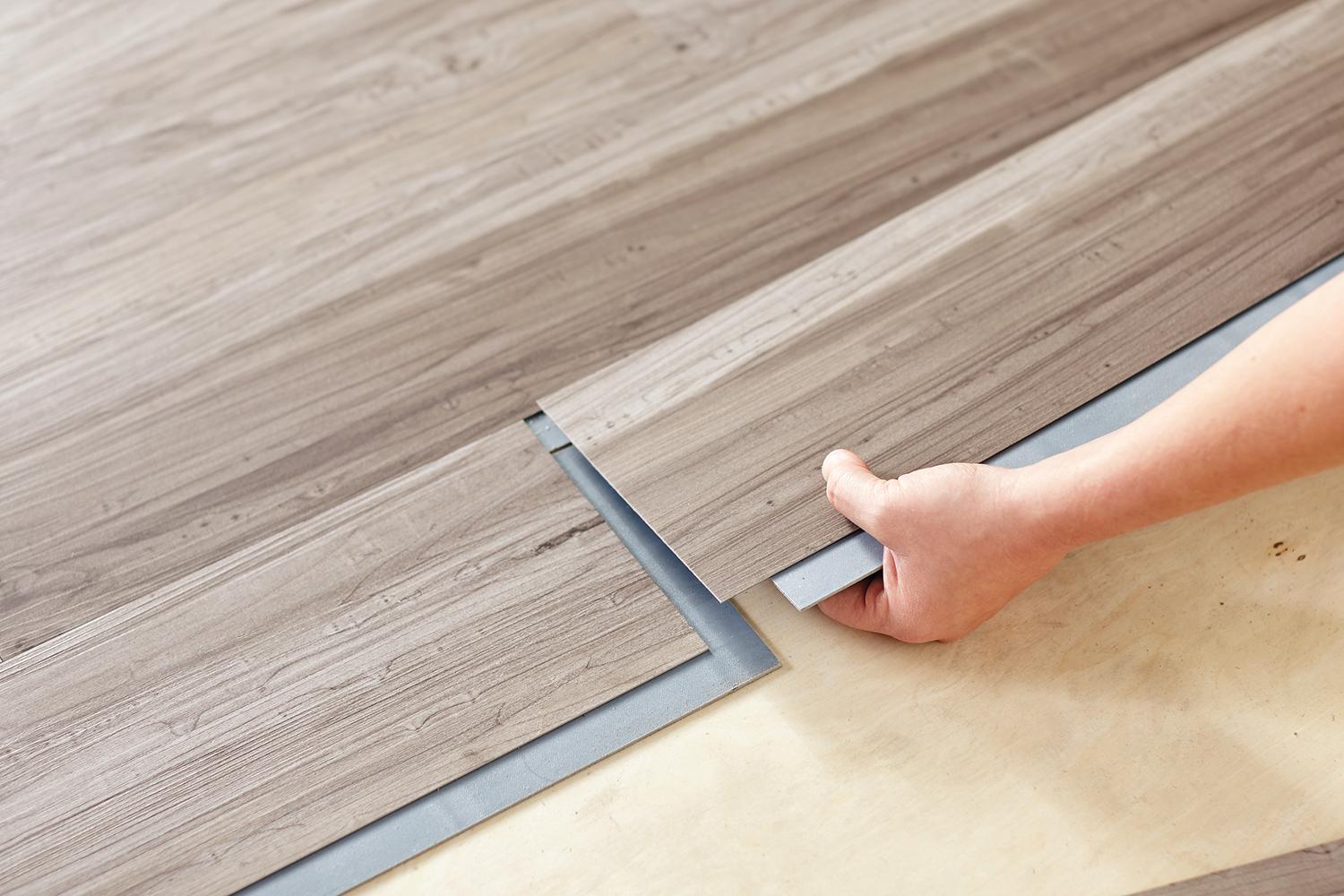Inspiration from injury: How an injury changed my life for the better
/"...It's never gonna heal..."
Of all the words that a dancer will hear, these are the ones that repeatedly echo in your head. Whether you are a dancer or an athlete, a torn meniscus is life altering - but it doesn't always have to make your life worse. Below is my account of how I turned my knee injury into inspiration.
The week before any major competition is called "Hell Week" for good reason. Collective stress levels ramp up in the weeks leading to the event. Extra long rehearsals lead to sleepless nights, which in turn cause the most even-tempered people to unexpectedly metamorphose into unstable, easily angered, irate individuals. The root of all of these emotions in the studio? A desire to win.
Between these self-imposed pressures and the late night rehearsals, the body is often a bystander in the war. We go full ham on every run through to appease the director's demands. Despite the benefits of fullout-ness during rehearsal, pushing yourself TOO hard often has consequences.
Dancers get hurt. A lot.
Although it was some 8 years ago when the incident happened, in my mind's eye I can clearly see the circumstances surrounding my life-changing knee injury: 2008. Preparing for a major choreography competition called "Hype," hosted by DePaul University in Chicago. Energetic, Hyphy-inspired music (again, let me reiterate - 2008). Baggy gray sweats with obnoxiously loud Nike SBs.
I can demonstrate which move I did that led to the dull, throbbing pain in the inside of my right knee. I can even tell you my train of thought - "It hurts, but it's not that bad. This is more important right now."
Barring a complete explanation of the anatomy of the knee, the meniscus is a tough cartilage that cushions the space between the femur and the tibia, while the MCL is a ligament that connects these two bones and stabilizes the joint. Due to the complex interconnected workings of the knee, athletes and dancers often injure these two parts simultaneously. According to my particular diagnosis, the MCL sprain would recover with time - but the meniscus tear would never heal. I would have to stop dancing for a few weeks until my MCL was back to normal, and eventually do physical therapy to strengthen the muscles around my knee to compensate for my compromised meniscus. Easy enough.
"A few weeks" turned into a month, which slowly and painfully turned into 6 months. 6 months of walking down stairs using the handrails as a weight bearing crutch; 6 months of pain when breaking or bending my knee any more acute than 60 degrees. Thankfully, I sustained the injury at the end of the season for two companies, with the summer in Chicago circa 2008 being notoriously slow with respect to major urban choreography shows. This being the case, my summers were normally been reserved for training and taking class - but this summer was dedicated to resting and recovery. I stayed off my feet, out of rehearsals, and away from classes, in an attempt to let my knee heal.
But during my recovery period, there was a calling that went unanswered. As I sat in my desk chair reading and studying for an upcoming career change, I found it unbearable that I couldn't get up and move around as freely as I could before. Prior to being injured, my reading sessions were interlaced with freestyle / choreography breaks to keep my mind fresh and focused. Not this summer.
Working within boundaries
Thankfully, my injury was never severe enough to require the use of a wheelchair. But still, my knee wasn't yet strong enough to bear the weird weight shifts of my brand of urban choreography. Feeling the need to dance while being constrained with certain boundaries forced me to get creative. My limited movement vocabulary pushed me to innovate. In those months immediately following my torn meniscus, I created all sorts of chair-eography. I learned that there is surprisingly a lot that can be done using just the torso, arms and head. My upper body only hits while popping got a lot stronger. Of course, this alternative didn't feel as cathartic as full body choreography. But it set the creative parts of my brain free from the prison that my injured body had created.
Being at less than full capacity taught me something about myself. It helped me figure out that dance is one of the highest priorities in my life, and is something that I can't give up willingly. The doctor's diagnosis was spot-on: My meniscus tear has never healed, and my knee still hasn't fully recovered 8 years after the fact. Even today I still feel a sharp stabbing pain if I accidentally drop it too low. Knee pads with a brace are an ever-present part of my dance wardrobe, and I have to sleep with a bend in my knee otherwise it locks up in the morning from prolonged hyper extension. Even if my knee is permanently damaged, I'll always find a way to keep dance as a part of my daily routine.
If you catch yourself in a situation where you can no longer do your art, don't think about the negativity that comes with being limited. This is an opportunity to find out if it remains atop your "Must Do" list. If so, then you'll find a way to reincorporate it in your life. You'll walk away from the experience having a sense of where your priorities rest. What more, you may even develop a new creative type of movement that comes from working around a limitation.
Has one of your injuries put restraints on your dance? How did you overcome these challenges, and did you learn something about your personal priorities in the process? Write about it below.














